The Office of Fair Trading has questioned 23 of the 114 Safeway compact stores acquired by Somerfield. So why have these particular stores been called in?
CACI has built catchments around each of the stores and modelled local grocery expenditure flows. This reveals whether Somerfield is likely to be the dominant player or whether there is a fair level of competition.
CACI has ranked the stores based on local market share and indicated whether they are likely to take a high, medium or low share. The ranking shows CACI would classify a number of stores as having high share.
Middlesbrough Linthorpe and Peebles seem to have very high local market share. Middlesbrough has a fairly low level of competition within the catchment, the main competitors being Kwik Save and Lidl. This may help explain the high market share attributed to this store. The market position of the Peebles store is slightly different. There is already a Somerfield store in the town and no other competitors within the catchment. With a high market share, the OFT will probably examine it in more detail.
The Loftus store should be examined carefully. To be fair, there are a lack of competitors within the catchment and so it will be able to take higher grocery revenues.
Another store the OFT may examine more closely is in Pocklington. It has a reasonably high market share, but there is a reasonable level of competition. There are a few Costcutter and Co-op stores, but there is also another Somerfield store. The OFT will be questioning whether there is a fair level of competition or whether Somerfield’s purchase of the Safeway store has given it dominant market share.
At the other end of the ranking, CACI notes two stores with very low market share. London Camberwell and Leeds Oakwood are in areas of high competition (more than eight stores) so Somerfield will be wondering why the OFT has questioned them.
Also among the stores with the lowest market share are Leeds Chapel Allerton and London Balham. They have reasonably low market share and high levels of competition. Within the Balham catchment, there are 19 other competitors, ranging from small Co-op stores to larger format stores such as Sainsbury.
While the OFT is examining which stores Somerfield should be allowed to retain, CACI is looking at which stores fit the typical Somerfield profile that the retailer should be fighting not to lose.
Examining the correlations between Somerfield and Safeway shoppers, CACI can reveal Somerfield would least like to lose its Loftus store. This catchment’s profile has an 85% fit to a typical Somerfield customer. Similarly, the Carluke (83%) and Whickham (82%) stores also have very good correlations. Not surprisingly, it is the city-based stores that have poor or negative correlations, mainly due to the wide diversity of residents.
Somerfield’s stores in Broughty Ferry and Bridge of Weir have a poorer fit to the Somerfield profile - 35% and 38% respectively. However, the good news for Somerfield is that both these locations have low levels of competition and so it may be able to turn former Safeway shoppers into new customers.
The stores picked by the OFT seem to range from areas with little or no competition to areas of high competition. From CACI’s research, it appears Somerfield has a good case to try to keep some of the stores with lower market share.
CACI has built catchments around each of the stores and modelled local grocery expenditure flows. This reveals whether Somerfield is likely to be the dominant player or whether there is a fair level of competition.
CACI has ranked the stores based on local market share and indicated whether they are likely to take a high, medium or low share. The ranking shows CACI would classify a number of stores as having high share.
Middlesbrough Linthorpe and Peebles seem to have very high local market share. Middlesbrough has a fairly low level of competition within the catchment, the main competitors being Kwik Save and Lidl. This may help explain the high market share attributed to this store. The market position of the Peebles store is slightly different. There is already a Somerfield store in the town and no other competitors within the catchment. With a high market share, the OFT will probably examine it in more detail.
The Loftus store should be examined carefully. To be fair, there are a lack of competitors within the catchment and so it will be able to take higher grocery revenues.
Another store the OFT may examine more closely is in Pocklington. It has a reasonably high market share, but there is a reasonable level of competition. There are a few Costcutter and Co-op stores, but there is also another Somerfield store. The OFT will be questioning whether there is a fair level of competition or whether Somerfield’s purchase of the Safeway store has given it dominant market share.
At the other end of the ranking, CACI notes two stores with very low market share. London Camberwell and Leeds Oakwood are in areas of high competition (more than eight stores) so Somerfield will be wondering why the OFT has questioned them.
Also among the stores with the lowest market share are Leeds Chapel Allerton and London Balham. They have reasonably low market share and high levels of competition. Within the Balham catchment, there are 19 other competitors, ranging from small Co-op stores to larger format stores such as Sainsbury.
While the OFT is examining which stores Somerfield should be allowed to retain, CACI is looking at which stores fit the typical Somerfield profile that the retailer should be fighting not to lose.
Examining the correlations between Somerfield and Safeway shoppers, CACI can reveal Somerfield would least like to lose its Loftus store. This catchment’s profile has an 85% fit to a typical Somerfield customer. Similarly, the Carluke (83%) and Whickham (82%) stores also have very good correlations. Not surprisingly, it is the city-based stores that have poor or negative correlations, mainly due to the wide diversity of residents.
Somerfield’s stores in Broughty Ferry and Bridge of Weir have a poorer fit to the Somerfield profile - 35% and 38% respectively. However, the good news for Somerfield is that both these locations have low levels of competition and so it may be able to turn former Safeway shoppers into new customers.
The stores picked by the OFT seem to range from areas with little or no competition to areas of high competition. From CACI’s research, it appears Somerfield has a good case to try to keep some of the stores with lower market share.

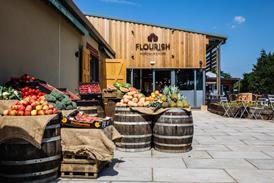

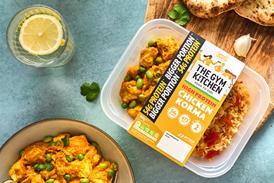
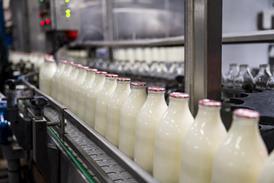



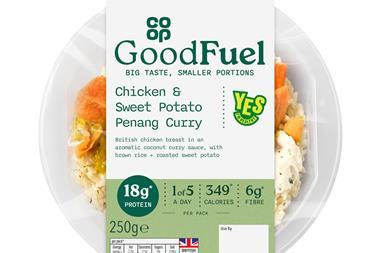
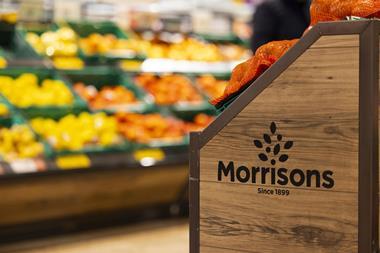





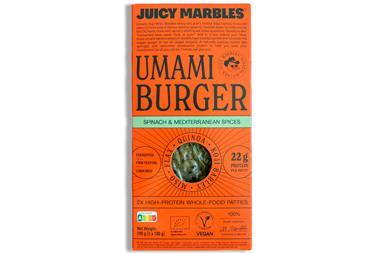

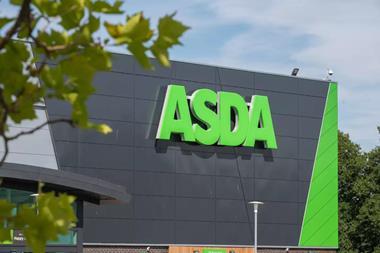
No comments yet